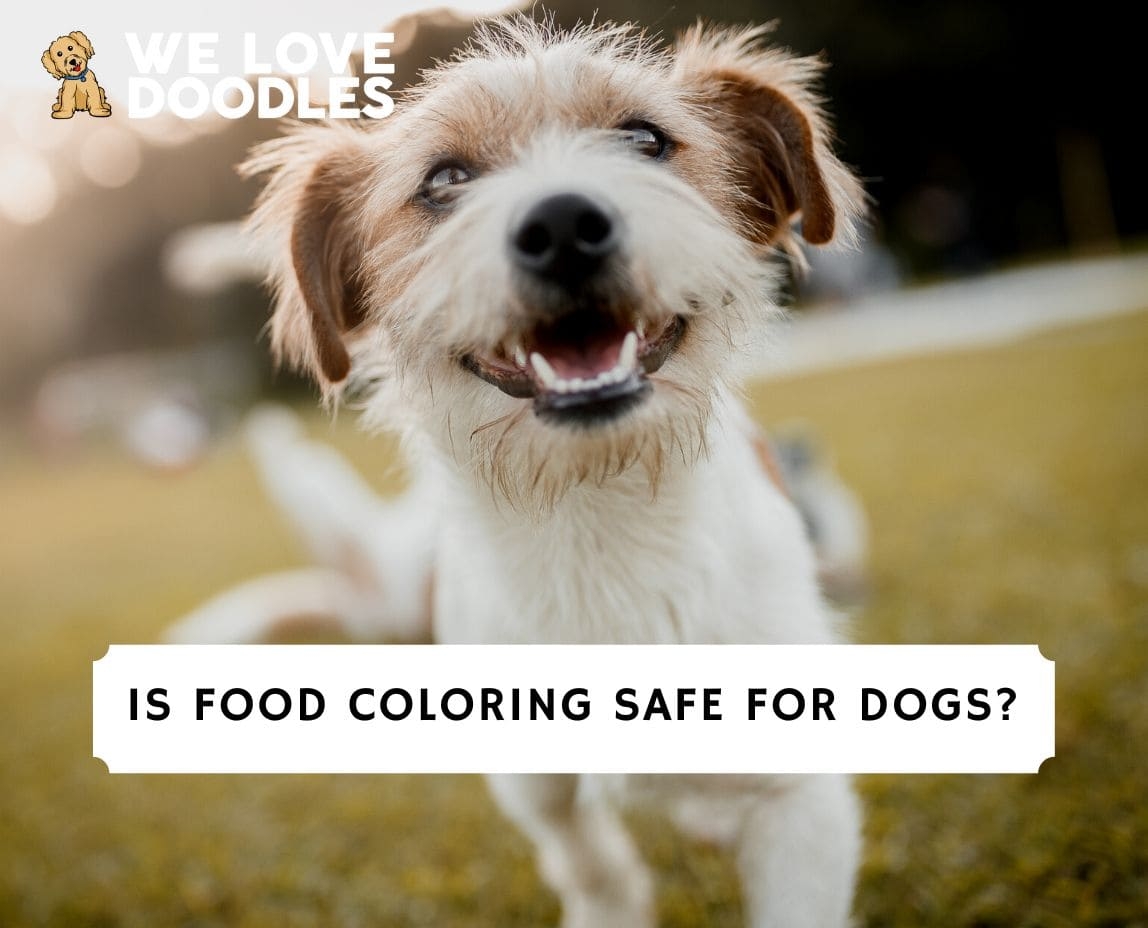Many dog owners love to spoil their furry friends with treats, and sometimes those treats come in fun and colorful packaging. However, when it comes to food coloring in dog treats, there is often a debate about whether or not it is safe for our canine companions. It is important to understand the potential risks and benefits of food coloring before giving it to your dog.
Food coloring is often added to dog treats to make them more visually appealing to pet owners, but it serves no nutritional purpose for dogs. Some food colorings, such as Red 40 and Yellow 5, have been linked to allergic reactions and hyperactivity in dogs. Additionally, certain food colorings may contain harmful chemicals that can be toxic to dogs if ingested in large quantities.
While some dog treats may contain artificial food coloring, it is best to opt for natural alternatives when possible. Natural food coloring options, such as beet powder or turmeric, can still provide a pop of color without the potential risks associated with artificial food dyes. It is always important to read the ingredient labels on dog treats and choose products that are made with safe and natural ingredients.
If you are unsure about whether food coloring is safe for your dog, it is best to consult with your veterinarian. They can provide guidance on which food colorings to avoid and recommend safe alternatives for your furry friend. Remember, the health and well-being of your dog should always be the top priority when choosing treats and food products.
In conclusion, while some food colorings may be safe for dogs in small amounts, it is important to be cautious when giving your furry friend treats that contain artificial dyes. Opting for natural food coloring options and consulting with your veterinarian can help ensure that your dog stays happy and healthy. Remember, a little splash of color in your dog’s treats can be fun, but always prioritize their health and safety above all else.
